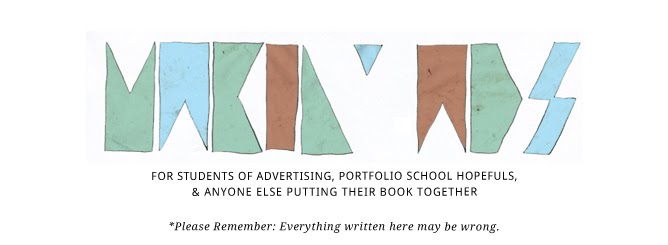
I posed this question to my students on the first day of class. I’d been thinking about how advertising came about. The history of it, in a nutshell, is that way back when, folks who provided services put signs out in front of their shops to let other folks know what they offered. Cobbler. Miller. Marmot boarding. That sort of thing.
Then towns became more crowded and, before you know it, some other wise guy decides to open a second marmot boarding service. Now you’ve got competition. Businesses started putting signs out further away from their shops, hoping to grab more of the business and, poof, now you’ve got advertising.
But back to corn.
Start with what’s right about this ad. It tells me what. It tells me where. It tells me how much. Arguably, that’s all I need to know, right? I want corn, I know how to get it.
Sure there are all kinds of ways to improve this ad aesthetically. Color. Mouth-watering picture of corn (client suggestion). Some really edgy distressed type. Or you could go all alt-media and tattoo the message on a dead cow by the side of the road and clear some shelf space for your One Show pencil.
Here’s my point: this ad isn’t clever, or funny, or anything. But it does the job. Your task won’t always be as simple as telling me where the corn is, but if you don’t accomplish at least that much with your ad, you’ve failed. It’s surprising how often an ad fails. Ads we put on the wall in class, ads in magazines, even ads in the books.
It’s a basic point, but one we all forget sometimes. We’re in the business of communication. So pack your ads with humor, wit, emotion, kick-ass design and some wordsmithing that’ll knock a creative director out of her chair. But don’t forget your first job. Clear communication.
So what’s wrong with the corn ad? And can you do better?








